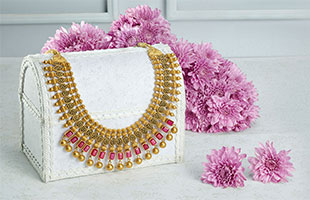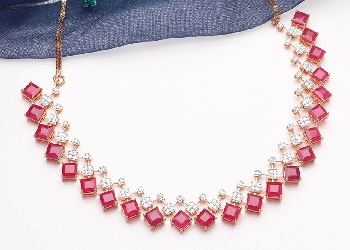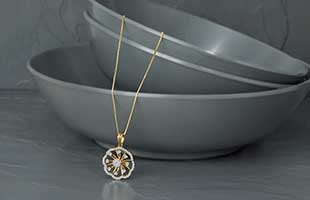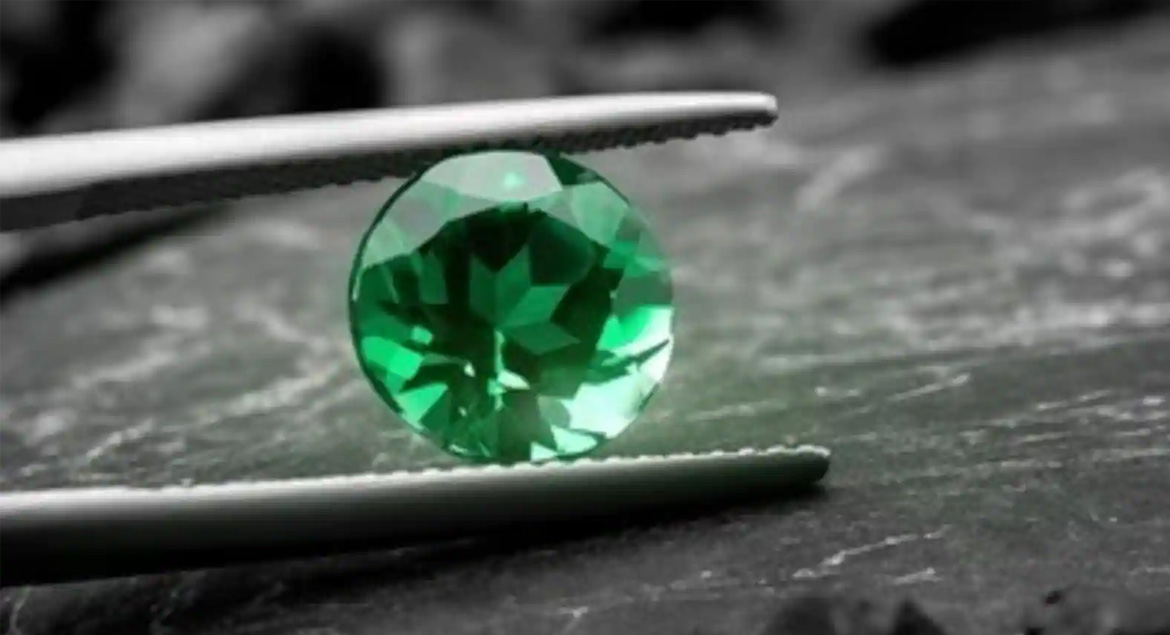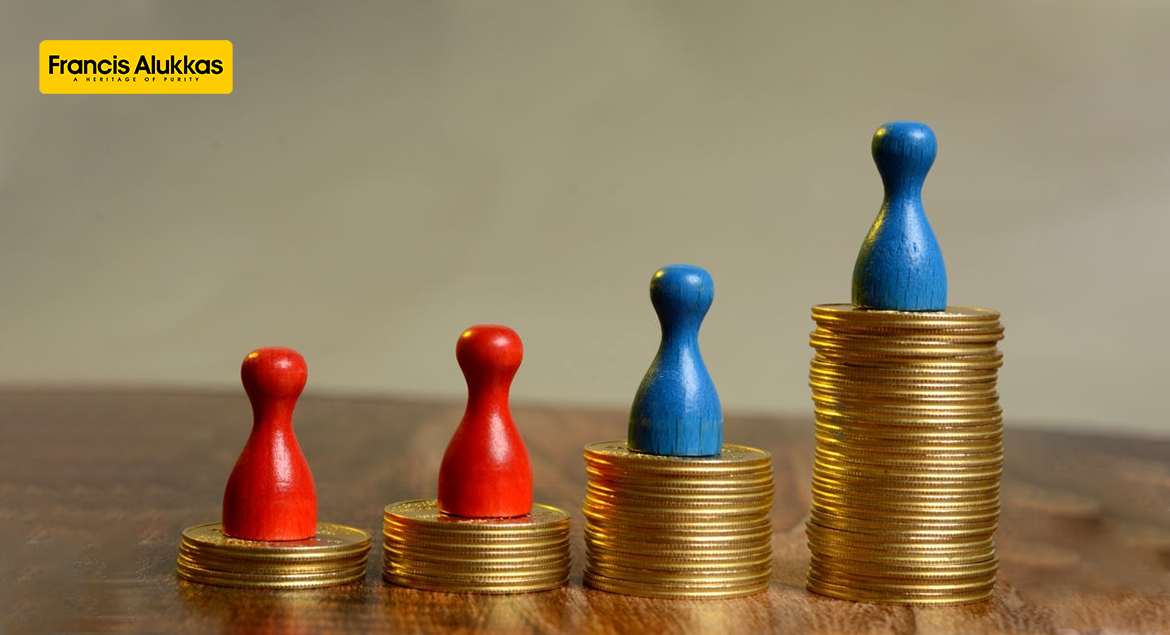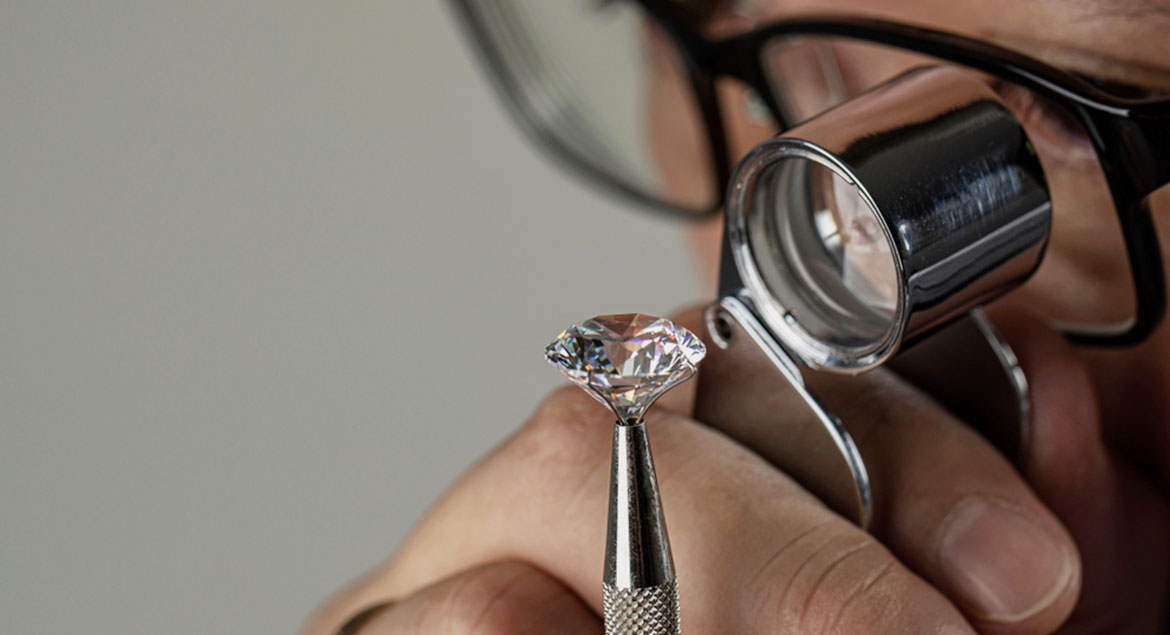How to Identify a Diamond is Real or Fake?
by Francis Alukkas | 14 November 2022 | DIAMOND JEWELLERYGenuine diamonds are known for their hardness, you may use the stone to scrape a mirror. It was intended to check for scratches on either the mirror or the gemstone. The issue is that popular lab-created diamonds or common fake diamonds, such as moissanite or cubic zirconia, are likewise incredibly scratch-resistant.
The long-used scratch test is therefore no longer appropriate. You can ask a gemologist or a qualified jeweler to check your stone under a loupe if you want to know how to determine if a diamond is real or fake. Do you want to know how to identify a real diamond from a fake one? Fortunately, there are a few quick and simple procedures to determine whether a diamond is genuine or not. These tests can be done at home and in some situations immediately to find fake diamonds vs real diamond
How to Identify a Diamond is Fake?
Instead of visiting a reputable jeweler, you can use these tests to determine if an item is real or fake.
Water Test
Take a water glass that is the correct size. Drop the freestone into the water with care. If the stone sinks, you'll know it's real. You have a false stone if it floats outside or under the water.
Fog Test
Hold the ring or diamond on your two fingers while you blow an airy scent upon it. The valuable stone will take on the shape of food because of the warmth and moisture in your odor. So if the fog quickly clears, the valuable stone is real. Also, Read: Diamond Buying Guide
A Real Diamond in Sunlight
Put your stone in direct sunlight to see how it responds by observing the colors it reflects. White light and every colour of the rainbow will both be reflected by a genuine diamond. If you only get one of the two, the diamond isn't real.
Scratch Test
Take a knife and lightly scratch the stone's surface if you're ready to take a chance. If the stone starts to scratch right away, it is artificial. If there isn't a scratch, it's a true diamond.
How to Check Diamond Quality
Clarity, Color, Cut, and Carat Weight are the four key characteristics that diamond professionals use to characterise and categorise diamonds under the GIA grading system that was established in the 1950s. The 4Cs are referred to as these. They characterise the quality of a finished diamond when used together. This combination determines the value of a completed diamond. So below is the list of diamond identification characteristics;
Carat
Carat weight is definitely the most objective of the 4 Cs. The carat weight of a diamond is determined by a calibrated digital scale. The carat weight of a diamond is frequently linked to its quality and value because larger diamonds are typically more valuable than smaller ones.
Color
Your diamond's colour quality can have a significant impact on its price. The ideal diamond is colourless, and even the slightest indication of colour drastically lowers the diamond's quality. As you go down the colour spectrum, hints of yellow or brown start to show in the stones, and this coloured tint lowers the diamond's value and quality. Also, Read: Diamond Color: Must-Knows
Clarity
Another crucial aspect to know is the diamond's clarity grading. A flawless diamond has no inclusions or surface flaws, but a diamond with a low clarity quality may contain chips or other surface anomalies in addition to inclusions that may be seen with the casual observer.
Cut
Your diamond's cut quality is crucial for aesthetic reasons. Every angle and facet of your diamond interacts with light in a stunning way, making your diamond sparkle. While assessing the cut quality of fancy shape stones (any form other than a round) is somewhat more subjective, it is generally quite objective for round diamonds. Also, Read: Types of Diamond Cut: All You Need to Know
A fake diamond has the disadvantage that it is not as durable as an actual diamond. Other clear stones will therefore degrade, chip, and scrape with time. This is only one of the many reasons why people value diamonds so highly. You now have a better understanding of the difference between real and fake diamonds. When determining whether a diamond is genuine, at-home examinations are generally fairly accurate. But being absolutely certain is nearly never feasible. One of the greatest ways to determine if a diamond is real is to have it appraised by a jeweller. A variety of tests can be used by the jeweller to confirm the stone's integrity.
Previous Blog Next Blog



